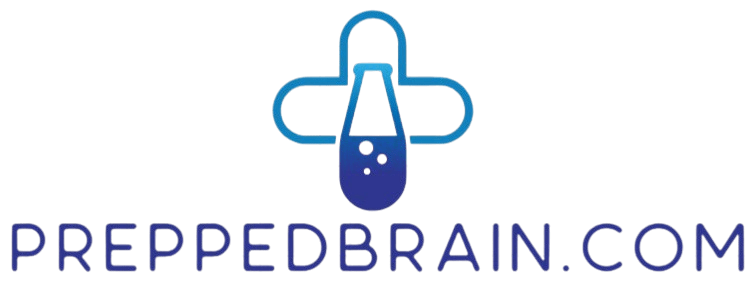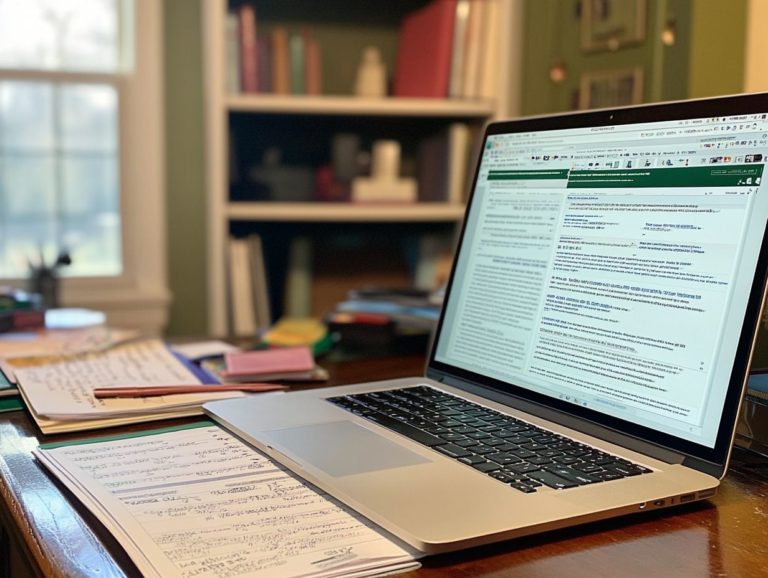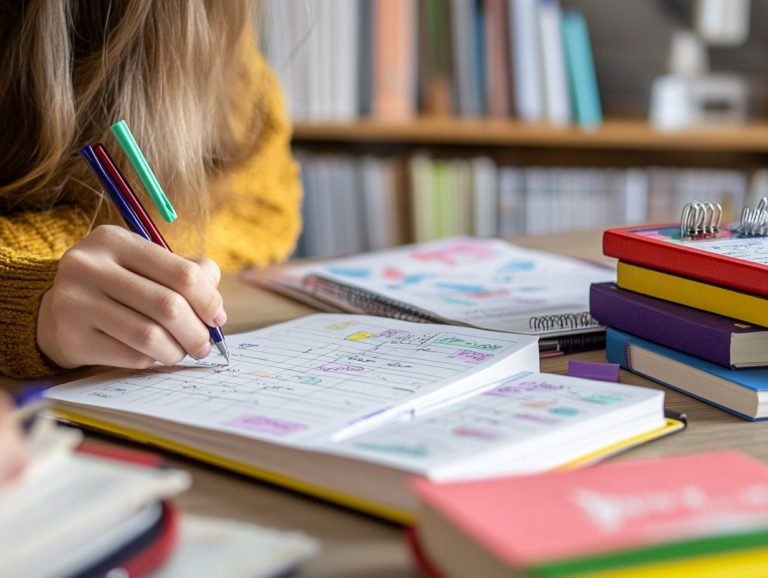the benefits of using digital flashcards
Digital flashcards are revolutionizing your study habits and learning journey, bringing a contemporary flair to a classic educational resource. Their efficiency and convenience not only boost retention but also engage you in ways that resonate with your unique learning style.
This article delves into the numerous advantages of digital flashcards, offers insightful tips for creating effective ones, and showcases innovative methods to integrate them into both academic and professional environments. You ll also find comparisons with other study tools to help you identify the perfect fit for your needs.
Immerse yourself and discover how digital flashcards can elevate your learning experience!
Contents
- Key Takeaways:
- Advantages of Digital Flashcards
- How to Create Effective Digital Flashcards
- Ways to Use Digital Flashcards
- Alternatives to Digital Flashcards
- Frequently Asked Questions
- 1. What are the benefits of using digital flashcards?
- 2. How do digital flashcards compare to traditional paper flashcards?
- 3. Can digital flashcards be shared with others?
- 4. Are there any cost benefits to using digital flashcards?
- 5. Are there any study techniques or strategies specifically for digital flashcards?
- 6. Can digital flashcards accommodate different learning styles?
Key Takeaways:
Here are the key benefits to remember!

- Get ready to boost your study game with the efficiency and convenience of digital flashcards!
- Using digital flashcards can lead to increased retention and engagement, making it a powerful tool for learning.
- Effective digital flashcards can be created by considering both content and design elements, such as using visuals and breaking down information into smaller chunks.
What are Digital Flashcards?
Digital flashcards are versatile educational tools designed to improve your studying by using technology for personalized learning. They incorporate multimedia elements like images, audio, and text to actively engage you, making your study sessions much more effective.
Unlike traditional flashcards, digital versions offer immediate feedback and streamline time management, which helps you retain information better and master concepts over time. Active recall, which means testing yourself on the material instead of just reading it, significantly enhances your ability to remember information compared to paper flashcards that often lack interactive features.
With the capability to track your progress and adapt to your learning pace, you can focus on challenging topics without the distractions typically associated with traditional study methods. Educational technology also fosters collaborative learning through shared decks and cloud-based platforms, creating a community of learners who can share valuable insights.
Transitioning from physical flashcards to digital versions marks a significant advancement in educational strategies, enriching not only engagement but also your long-term comprehension.
Advantages of Digital Flashcards
Digital flashcards present a wealth of advantages that elevate your studying experience far beyond traditional methods. With enhanced memory retention, effective time management, and personalized learning, these tools completely change how you study!
They create interactive learning environments that allow you to customize your study sessions to suit your unique needs. This approach facilitates immediate feedback on your performance, deepening your understanding of concepts and making your study time more efficient.
Efficiency and Convenience
The efficiency and convenience of digital flashcards make them the ideal choice for students like you who want to optimize their study sessions. With these portable study tools, you can access your custom decks anytime and anywhere, fitting study opportunities into your busy schedule effortlessly.
By embracing this technology, you can enhance your learning efficiency, focusing on specific subjects or topics that meet your needs. The ability to create tailored study sessions allows you to target challenging areas, fostering a deeper understanding of the material.
The interactive nature of digital flashcards includes multimedia elements, ensuring that your study sessions remain engaging and varied. This adaptability boosts retention and encourages a flexible approach to studying, enabling you to make the most of every spare moment you have.
Increased Retention and Engagement

Digital flashcards boost memory retention and engagement. They use effective methods like retrieval practice and spaced repetition, which are based on neuroscience.
By reviewing material regularly, you improve your recall and understanding of key concepts. This method matches your brain’s natural learning processes and encourages active engagement.
Retrieving information often strengthens your memory. Spaced repetition schedules reviews just before you might forget, maximizing what you retain.
These techniques turn study sessions into dynamic experiences. You not only remember more but also develop a deeper understanding of the material.
How to Create Effective Digital Flashcards
To create effective digital flashcards, focus on engaging and easy-to-understand content. Design clear, concise cards that highlight essential concepts.
Using custom decks tailored to your learning style can enhance your study experience significantly.
Tips for Content and Design
When designing digital flashcards, pay attention to both content and visuals. Adding images and audio can increase engagement while keeping content aligned with your study goals.
Exploring formats like videos and interactive quizzes caters to different learning styles and makes studying enjoyable.
Maintain a consistent layout on your cards for ease of use. This familiarity helps you navigate through your study materials effortlessly.
Balance informative text with engaging visuals to absorb information more effectively.
This thoughtful use of multimedia not only improves the appeal of your flashcards but also reinforces key concepts, deepening your understanding.
Ways to Use Digital Flashcards
Digital flashcards are a versatile tool for improving study techniques and test preparation. They are essential educational tools for learners at any level.
Whether you want to expand your vocabulary or master complex ideas, these flashcards help you focus on your unique learning goals.
In Studying and Learning
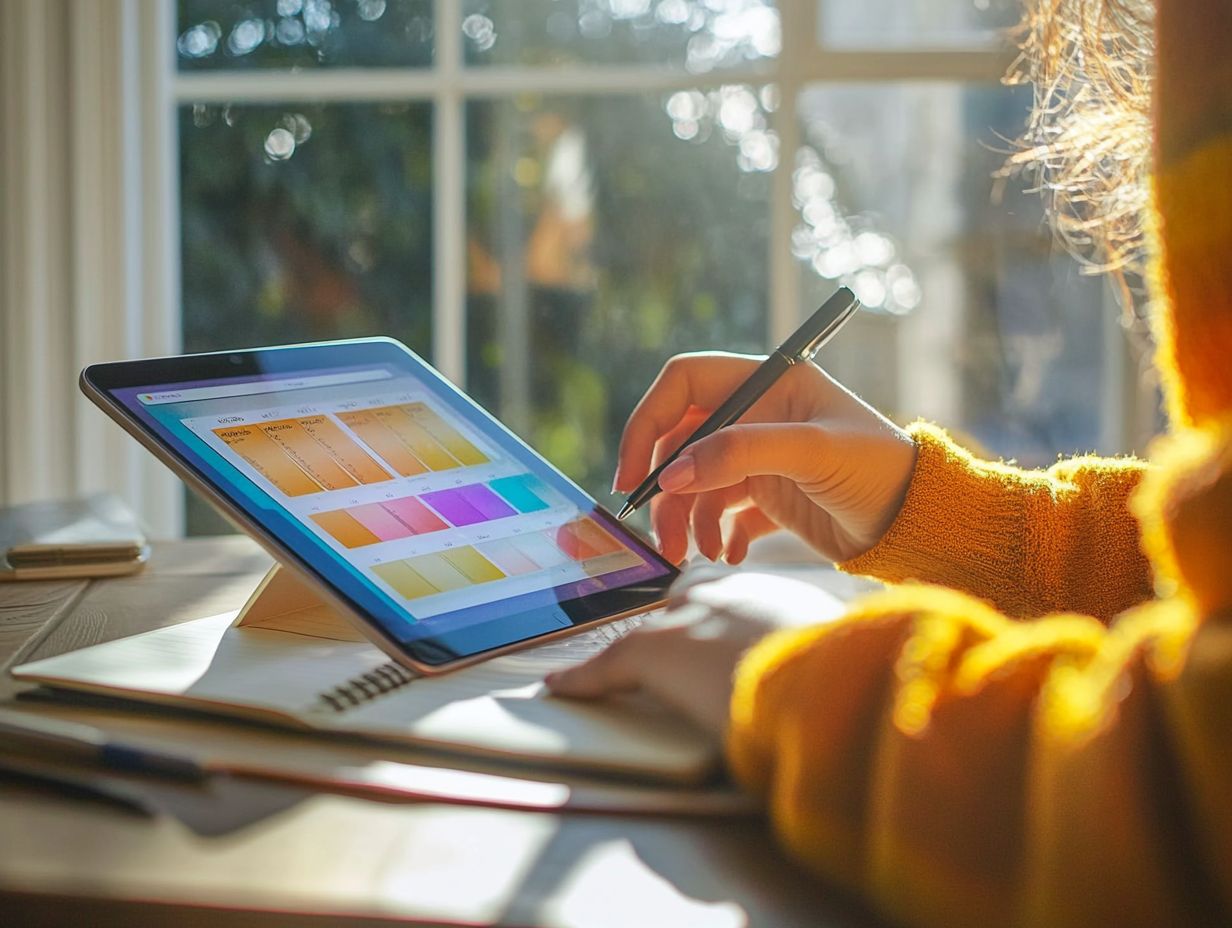
Digital flashcards provide a personalized learning method that suits various styles and paces. You can use them for independent study or group sessions to share knowledge with peers.
Collaborative study with flashcards exposes you to diverse perspectives, enriching your understanding and retention of information.
This interactive method creates an environment where all learners can contribute their strengths, creating a rich pool of shared knowledge.
Customizing flashcards lets you focus on content relevant to your needs, making study sessions more productive.
Integrating technology into your learning makes it engaging and promotes teamwork and motivation. This leads to a more enriching educational experience.
In Professional Settings
In professional settings, digital flashcards are effective tools for training and skill development. They significantly enhance your learning outcomes.
These tools help you remember important information and enable quick reviews of essential concepts whenever needed.
Using digital resources creates a more engaging learning environment. This innovative approach allows you to personalize your training experience, setting the pace according to your specific needs and goals.
Incorporating multimedia elements like images and audio, digital flashcards cater to various learning styles. They are invaluable for organizations looking to elevate workforce competency.
The ease of access and flexibility of these tools represents a major change in how professional development is approached today.
Alternatives to Digital Flashcards
While digital flashcards are invaluable for your learning journey, it s worth exploring alternatives that bring unique advantages.
Traditional flashcards, note-taking apps, and various educational research methods can complement or even replace digital flashcards, depending on your personal study style.
Comparing Different Study Tools
When comparing study tools like digital and traditional flashcards, you uncover distinct advantages and disadvantages.
Digital flashcards shine with their flexibility and interactivity. In contrast, traditional flashcards offer the tactile experience that some learners truly appreciate.
The digital format comes with advanced features such as instant feedback and multimedia elements, making it appealing. However, traditional flashcards maintain a simplicity that can engage those who enjoy a hands-on approach.
Digital flashcards can also facilitate spaced repetition, helping improve retention effectively.
Just keep in mind that distractions from devices and screen fatigue might detract from your learning experience.
Ultimately, understanding the strengths and weaknesses of each method enables you to choose the most effective study tool tailored to your preferences and educational goals.
Frequently Asked Questions
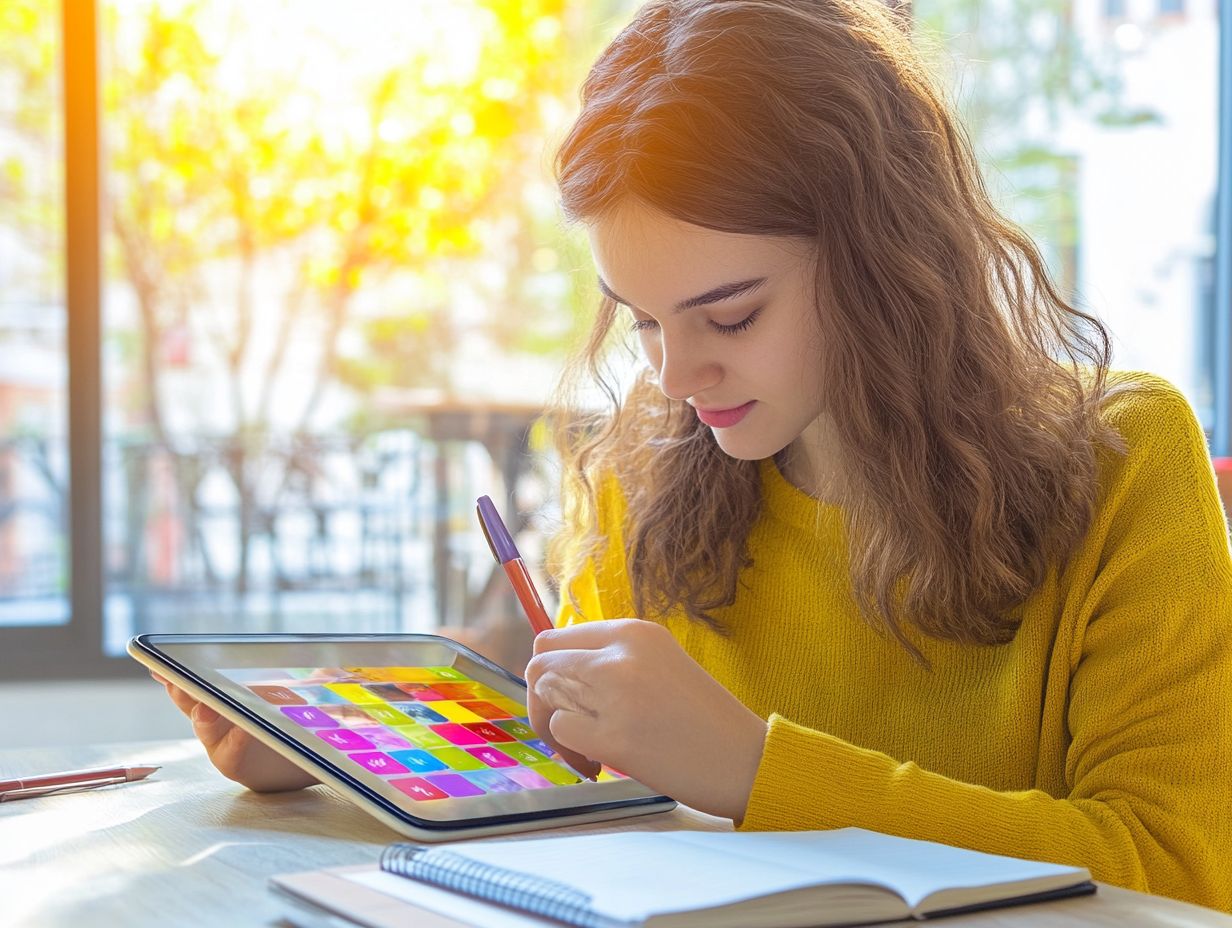
1. What are the benefits of using digital flashcards?
Digital flashcards are convenient, accessible, and engaging. You can access them anytime and anywhere, making them easy to incorporate into your study routine.
2. How do digital flashcards compare to traditional paper flashcards?
Digital flashcards eliminate the need for physical storage and organization. They are easily accessed and modified, often including audio and images for enhanced engagement.
Yes, digital flashcards can be easily shared through various platforms. This makes them great for collaborative learning and studying with classmates or friends.
4. Are there any cost benefits to using digital flashcards?
Using digital flashcards can save money in the long run. Unlike traditional paper flashcards, they don t require constant repurchasing and can be used indefinitely.
5. Are there any study techniques or strategies specifically for digital flashcards?
Yes, effective techniques include spaced repetition, where you review flashcards at increasing intervals to aid long-term retention. Another technique is creating customized decks for better organization and focus.
6. Can digital flashcards accommodate different learning styles?
Yes! Digital flashcards can be tailored to fit different learning styles. For example, visual learners, who prefer to see information presented through images and graphics, benefit greatly from this method.
Auditory learners, on the other hand, can listen to audio files associated with each card. This customization makes digital flashcards an exciting tool for everyone!
